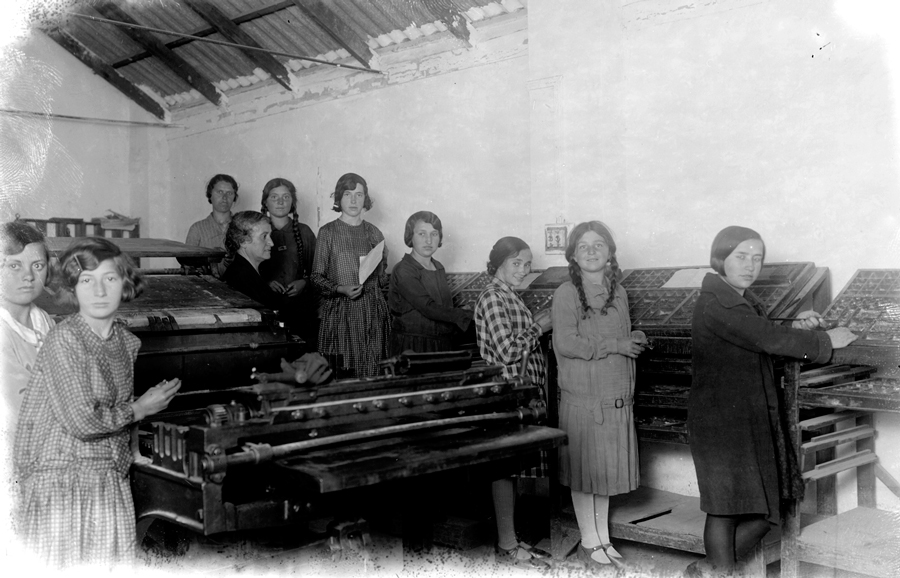Economic resources
Rural women have contributed systematically to the family group economy. Firstly, through their unpaid work, both in agricultural activities and in domestic tasks and family care, also producing the essential goods for everyday life at home (soap, food, fibres, cloth), which made them carry out tough shepherding and agricultural tasks with little or no machinery, which maximised the differences between work and employment. Women have also obtained necessary goods through selling and bartering, usually on a small scale at local markets, and also through paid employment. They have also sold foodstuffs made by themselves in the street or market.
Women’s earnings are almost exclusively used for the needs of the family unit, whereas men assign a lower proportion to this end, around 75% although this varies greatly. In spite of this, women have rarely been included in programmes of agricultural training which aim to improve the quality of life for communities, where their protagonism is growing due to selective migration of the menfolk.
In contemporary rural societies, both in low income and in middle or high income countries, activities linked to rural tourism (from traditional crafts to accommodation and restaurants) are providing increasing economic possibilities for women and young people.






































